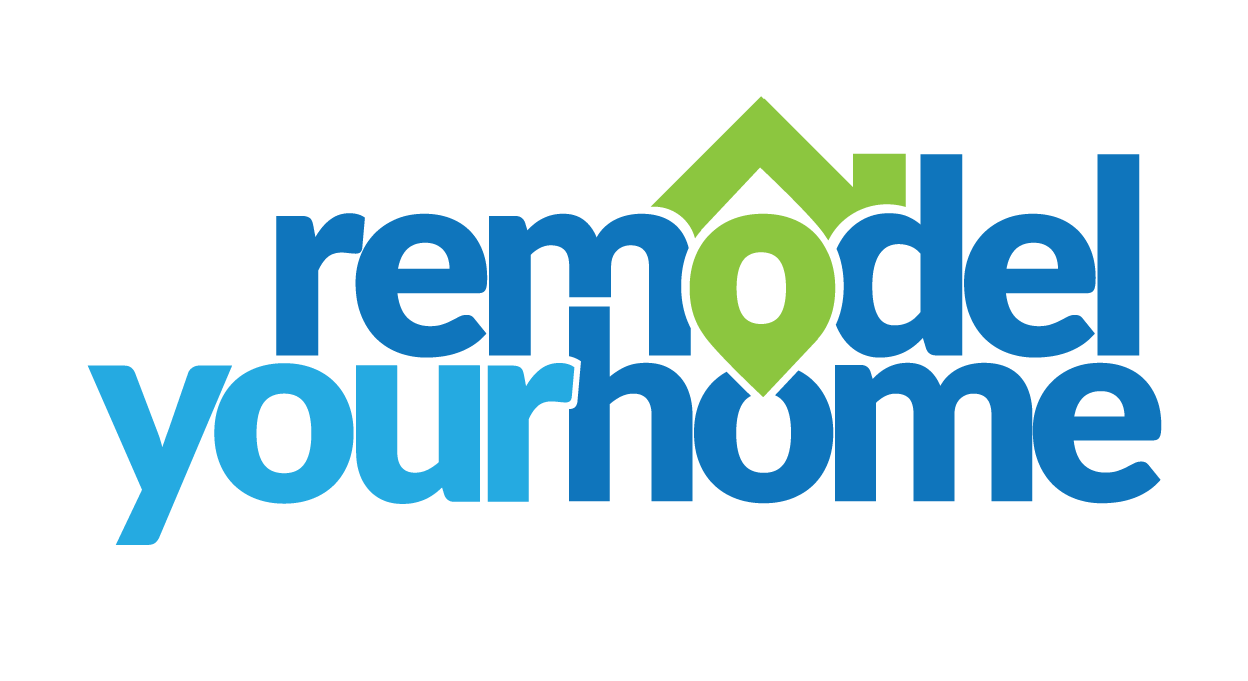Understanding the Upsides and Downsides of Roofing Choices
When selecting the ideal roof for your home or building, it is essential to weigh various factors. Durability, cost-effectiveness, aesthetics, and suitability to your local climate all play pivotal roles. Each roofing type offers distinct pros and cons, which necessitates a comprehensive understanding before making a choice. This knowledge empowers you to make decisions that not only meet your immediate needs but also align with your long-term goals and preferences. By carefully considering these nuances, you ensure that your investment in a new roof serves you well both functionally and aesthetically for years to come.
Life Expectancy of Different Roofing Types
- Asphalt Shingles:Lifespan: 15-30 years
- Metal Roofing:Lifespan: 40-70 years
- Wood Shingles/Shakes:Lifespan: 20-40 years
- Clay or Concrete Tiles:Lifespan: 50-100+ years
- Slate:Lifespan: 75-200+ years
Each roofing type has its own unique advantages and considerations, and understanding their life expectancies can help homeowners make informed decisions when selecting the best roofing material for their needs.
Understanding the Advantages and Disadvantages of Roofing Materials
Asphalt Shingles:
Advantages:
- Affordable: Asphalt shingles are widely available and relatively inexpensive, making them an attractive choice for budget-conscious homeowners.
- Easy Installation: They are lightweight and straightforward to install, reducing labor costs and installation time.
- Variety of Styles: Comes in various colors and styles for customization.
Disadvantages:
- Short Lifespan: Asphalt shingles typically have a shorter lifespan than many other roofing materials, necessitating more frequent replacement.
- Weather Vulnerability: They are susceptible to extreme weather conditions, leading to premature deterioration.
- Environmental Impact: Asphalt shingles are petroleum-based and not easily recyclable, contributing to environmental concerns.
Metal Roofing:
Advantages:
- Long Lifespan: Metal roofs have a significantly longer lifespan compared to asphalt shingles, reducing replacement needs and costs.
- Durability: They are highly resistant to fire, pests, and mildew, making them suitable for various climates.
- Energy Efficiency: Reflective coatings available for metal roofs help lower cooling costs, enhancing energy efficiency.
Disadvantages:
- Higher Cost: They have a higher initial investment which may deter some homeowners.
- Noise Concerns: Expansion during temperature changes may cause noise.
- Dent Vulnerability: They may dent if struck by large objects although modern metal roofing materials are often designed to be more resistant to denting.
Wood Shingles/Shakes:
Advantages:
- Natural Aesthetic: Offers a warm, rustic look, enhancing curb appeal.
- Insulation: Wood is a natural insulator, aiding in controlling indoor temperatures and potentially cutting down on heating and cooling expenses.
- Eco-Friendly: Wood shingles and shakes are made from renewable, biodegradable materials, making them an eco-friendly option.
Disadvantages:
- Maintenance Needs: Requires regular cleaning, treatment for mold, and replacement of rotting shingles.
- Fire Hazard: Wood roofing can be a fire hazard if not treated with fire-retardant chemicals or properly maintained.
- Shorter Lifespan: Typically lasts 20-40 years, needing more frequent replacement.
Clay or Concrete Tiles:
Advantages:
- Long Lifespan: Lasts 50-100+ years, requiring minimal maintenance.
- Fire Resistance: Clay and concrete tiles are inherently fire resistant, making them suitable for fire-prone areas.
- Aesthetic Variety: They are available in various colors and styles.
Disadvantages:
- Weight: Clay and concrete tiles are heavy roofing materials, requiring a sturdy structure and potentially increasing installation costs.
- Fragility: They can break if subjected to impact.
- Higher Initial Cost: They are more expensive compared to asphalt shingles.
Slate:
Advantages:
- Exceptional Lifespan: Lasts 75-200+ years with minimal maintenance making them one of the most durable roofing materials.
- Low Maintenance: Naturally resistant to mold, mildew, and pests.
- Timeless Appearance: Enhances curb appeal, making it a desirable choice for homeowners seeking a high-end, prestigious roofing option.
Disadvantages:
- Costly: Among the most expensive options due to its rarity and labor-intensive installation process.
- Heavy: Slate is also a heavy roofing material, requiring a strong structure for support.
- Fragility: Prone to breakage if subjected to heavy impacts.
Synthetic Roofing Materials:
Advantages:
- Affordability: More budget-friendly than the natural options.
- Lightweight: They are also generally lighter than their natural counterparts, reducing structural stress and potential installation costs.
- Durability: Resistant to various elements, providing long-term protection.
Disadvantages:
- Aesthetic Limitations: May not perfectly replicate natural roofing aesthetics.
- Environmental Concerns: Manufacturing process and sustainability may raise issues.
- Shorter Lifespan: May require more frequent replacements compared to natural alternatives, albeit still offering decent longevity with proper care.
Summary
To maximize the advantages and mitigate the disadvantages of different roof types, RemodelYourHome is your trusted partner. Access a team of trained professionals who offer expert advice and assistance in selecting the optimal roof type for your home, ensuring security, sealing, and top-notch condition. With a seamless process, we guide you through every step, from consultation to roof installation, guaranteeing satisfaction and peace of mind. Consult with us today and renovate your home with confidence.

Remodel Your Home
We are a leader in the home improvement space with over 20 years of experience pairing homeowners with construction experts.
About Us